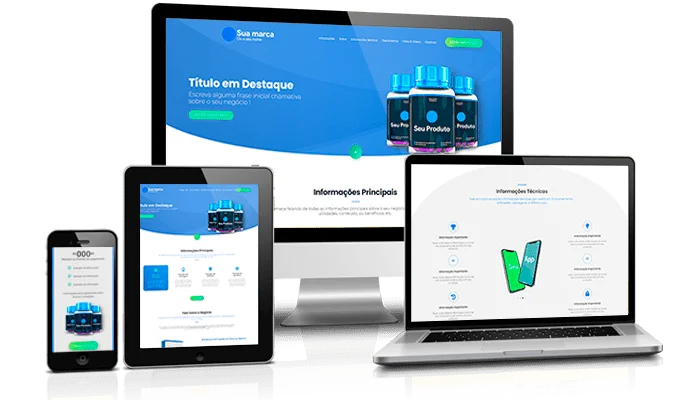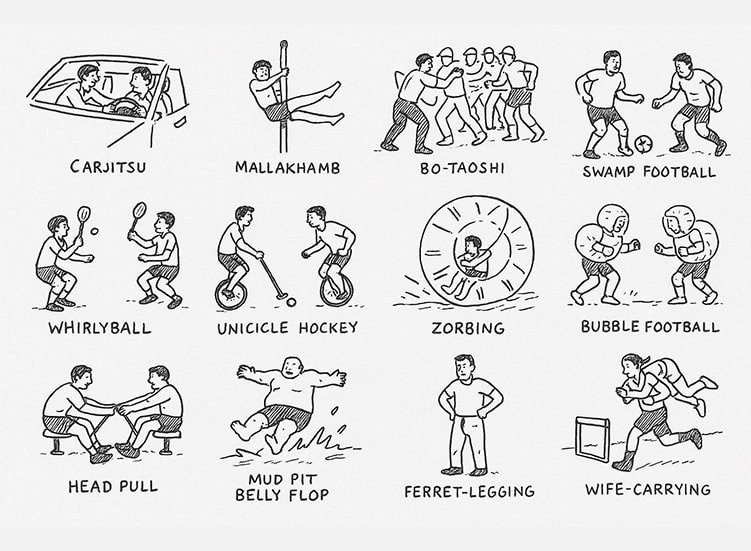Have you ever wondered how to learn faster and more effectively, even if you don’t have much time or money?
This is one of the most valuable skills today—whether you’re studying for exams, learning a new language, or mastering a professional skill.
Read this article to discover the most effective cognitive techniques used by polyglots and self-learners to accelerate learning—and how you can apply them in your daily life.
In this complete guide, you’ll discover:
- Which cognitive techniques actually work.
- How to apply these methods to your routine.
- Tools and products that make fast learning easier.
- Tips on platforms and materials that help you master any subject more efficiently.
🎯 Why learning faster is a valuable skill
Learning quickly is not just an academic advantage. In a world of constant change and emerging technologies, the ability to learn fast is a competitive edge for professionals, students, entrepreneurs, and even retirees.
Those who learn faster:
- Spend less time on irrelevant content;
- Save money by avoiding long, inefficient courses;
- Gain more opportunities in the job market.
🧠 What do polyglots and self-learners do differently to learn faster?
Polyglots who learn 5, 10, or more languages by themselves don’t have superpowers. They follow consistent, proven, and highly replicable strategies. The same applies to self-learners in coding, music, design, history, or any field of knowledge.
Among the most common practices of these fast learners are:
- Principles of active learning;
- Mind maps and visual associations;
- The “learn by teaching” technique;
- Use of spaced repetition tools;
- Breaking content into daily micro-habits.
Let’s dive into each of these points below.
📘 1. Active learning: the foundation of faster learning
Most people learn passively: watching videos, reading texts, or listening to podcasts. Polyglots and self-learners apply active learning, which involves:
- Asking questions while studying.
- Creating summaries in your own words.
- Discussing or teaching the content to someone else.
- Applying what you’ve learned in real-life situations.
Practical examples:
1- If you’re learning about personal organization, you could try the GTD method (Getting Things Done), which involves capturing everything on your mind, organizing into reliable lists (tasks, projects, reminders), and reviewing regularly to stay focused.
You could also teach someone how to use Google Calendar efficiently. This turns knowledge into real practice, accelerating your learning.
2- If you’re studying personal finance, instead of just watching budgeting lessons, create your own expense tracking spreadsheet, simulate investments with a demo account, and try to explain compound interest to a friend.
3- If you’re learning about digital marketing, choose a topic like “sales funnels” and try building a complete funnel for a fictional product. Then, record a short video explaining the concept in your own words, or write a sample campaign post.
🧠 2. Feynman Technique: Teach what you just learned
Created by physicist Richard Feynman, this method consists of explaining content as if you were teaching it to a child. This forces you to:
- Organize the information in your mind.
- Identify knowledge gaps.
- Clarify your reasoning.
Helpful tools: smart notebooks, a small whiteboard at home, and organization apps like Notion or Obsidian.
🧩 3. Learning through visual association (mind maps)
Our brains love images, colors, and visual connections. That’s why mind maps are so effective—they organize ideas in a non-linear way, making it easier to memorize and review.
Try tools like:
🕒 4. Spaced Repetition Technique
Popularized by the Anki platform, this technique involves reviewing content at increasing intervals of time, just before you’re likely to forget it.
Example:
- 1st review: right after studying.
- 2nd review: one day later.
- 3rd review: three days later.
- 4th review: one week later.
Recommended tools:
⏱️ 5. Pomodoro Technique + Micro-Habits
Studying for hours straight can actually be unproductive. Instead, use cycles of intense focus + short breaks, such as:
- 25 minutes of focused work (Pomodoro).
- 5-minute break.
- After 4 cycles, take a longer break of 15–30 minutes.
Combine this with micro-habits like:
- 10 minutes of reading per day.
- 15 minutes reviewing flashcards (study cards with a question or prompt on one side and the answer or explanation on the other).
- 5 minutes mapping out ideas.
6. Deliberate Practice: the expert’s secret
Deliberate practice means working intentionally on your weak spots—not just repeating what you already know. It requires feedback, self-assessment, and a focus on specific goals.
Example: If you’re studying English, don’t just review what you already understand. Practice irregular verbs, challenging pronunciation, or sentence structure that pushes your limits. In short, leave your comfort zone and focus on what’s most difficult for you.
📚 7. How to create your own rapid learning plan
Step-by-step:
1. Define a clear goal
Example: “Learn the basics of conversational Spanish in 30 days.”
2. Break the content into small, progressive blocks
- Week 1: Essential vocabulary and common phrases.
- Week 2: Present tense verbs and basic questions.
- Week 3: Everyday dialogue simulations.
- Week 4: Practice with native audio and video materials.
3. Choose the right learning methods
Combine techniques like spaced repetition (e.g., Anki), active study (e.g., explaining aloud), and digital immersion (e.g., watching videos with subtitles in the target language).
4. Set a consistent review rhythm
Reserve 10 minutes a day to review what you’ve learned. Repetition strengthens long-term memory.
- Choose the right tools.
- Use online courses, trusted YouTube channels, books, and quizzes.
5. Use active methods
Teach what you’ve learned to someone else, or create a mini project.
6. Review using spaced repetition
7. Evaluate weekly
What worked? What needs to change?
🛠️ Tools and products that support accelerated learning
These items can be recommended with affiliate links:
| Product/Tool | Function | Best Used For |
|---|---|---|
| Reusable Smart Notebook | Idea mapping and mind maps | Analog learning |
| Anki App | Flashcards and spaced repetition | Memory reinforcement |
| Coursera / Udemy | Structured online learning | Self-paced education |
| Notion / Obsidian | Digital organization, Feynman technique | Active learning |
| Noise-canceling headphones | Focus and concentration | Study sessions |
| Google Calendar | Pomodoro session planning | Weekly scheduling |
💡 Real-life example: how a self-learner masters a new language fast
Imagine learning Spanish in 90 days. An experienced self-learner would:
- Set a clear goal: “Have conversations with native speakers in 3 months.”
- Basic vocabulary module: daily flashcards using Anki.
- Audio + reading: beginner-friendly podcasts and simplified books.
- Active production: write short texts and post on forums.
- Speaking practice: sessions on iTalki or Tandem.
This logic applies to any field: finance, cooking, video editing, gardening…
❓ FAQ Frequently Asked Questions About How to Learn Faster
Use techniques like spaced repetition, mind maps, and the Feynman technique. These strategies stimulate long-term memory and facilitate deep understanding of the content.
The Feynman technique involves explaining the content in your own words, as if you were teaching someone else. This helps identify gaps in knowledge and reinforces understanding.
Anki is one of the most recommended apps because it uses flashcards with spaced repetition, ideal for memorizing vocabulary, formulas, concepts, and dates more efficiently.
Yes! With short sessions using Pomodoro, intense focus, and tools like Notion, it is possible to learn efficiently in just 25 minutes a day, as long as you are consistent.
Yes. Research shows that correct strategies and consistency trump “natural talent.” Techniques such as microlearning, deliberate practice, and metacognition can accelerate any type of learning.
Sleep is essential for consolidating memories and retaining studied content. Getting a good night’s sleep improves attention, reasoning, and retention, all essential steps for learning faster.
Interleaving involves alternating between different types of content or skills while studying. This variation improves the brain’s adaptability and reinforces stronger neural connections.
Some common mistakes are: trying to learn everything at once (without breaks), not reviewing the content, studying passively (just reading or watching), and not applying what I’ve learned in practice.
It depends. Soft instrumental music can help maintain focus, especially in noisy environments. But loud lyrics or music can be distracting and reduce learning efficiency.
✅ Conclusion on How to Learn Faster
Learning faster is possible with the right strategies, and it can transform not only your personal or professional life, but also how we tackle educational challenges in the United States.
In a country where standardized test scores continue to show significant achievement gaps between different socioeconomic and ethnic groups, applying and sharing these techniques can be a powerful step toward promoting equity, critical thinking, and greater access to opportunities for all.
Did you like the content? Share it with someone who also wants to master new skills!
Click here for more content on Culture & Curiosities.







